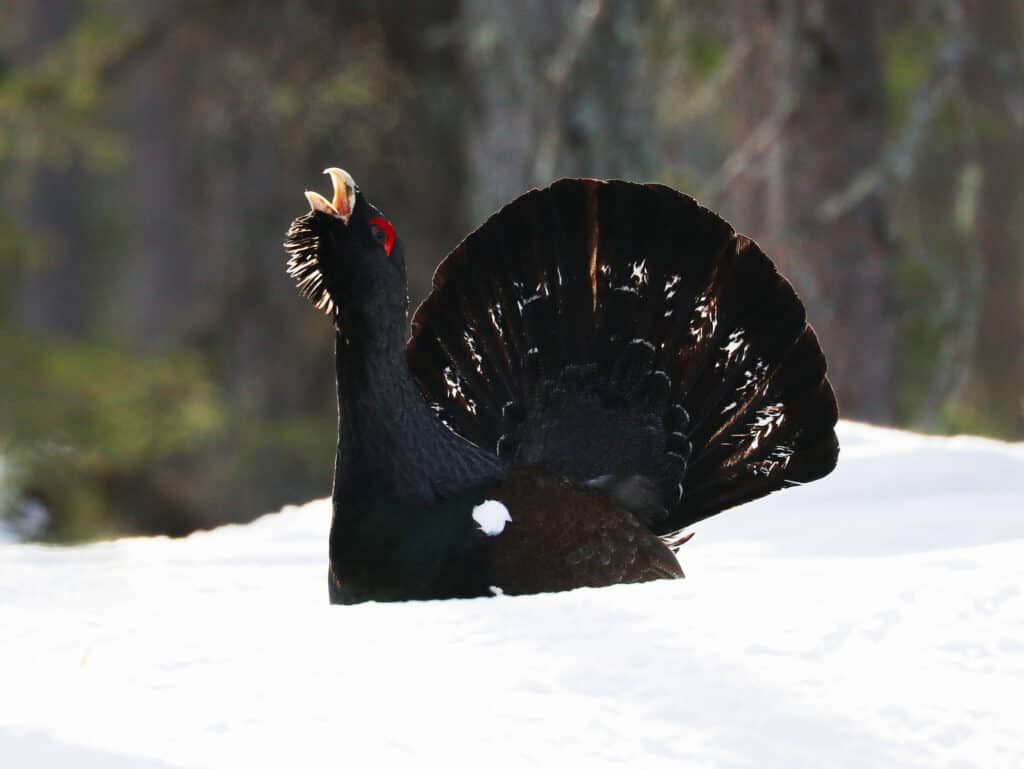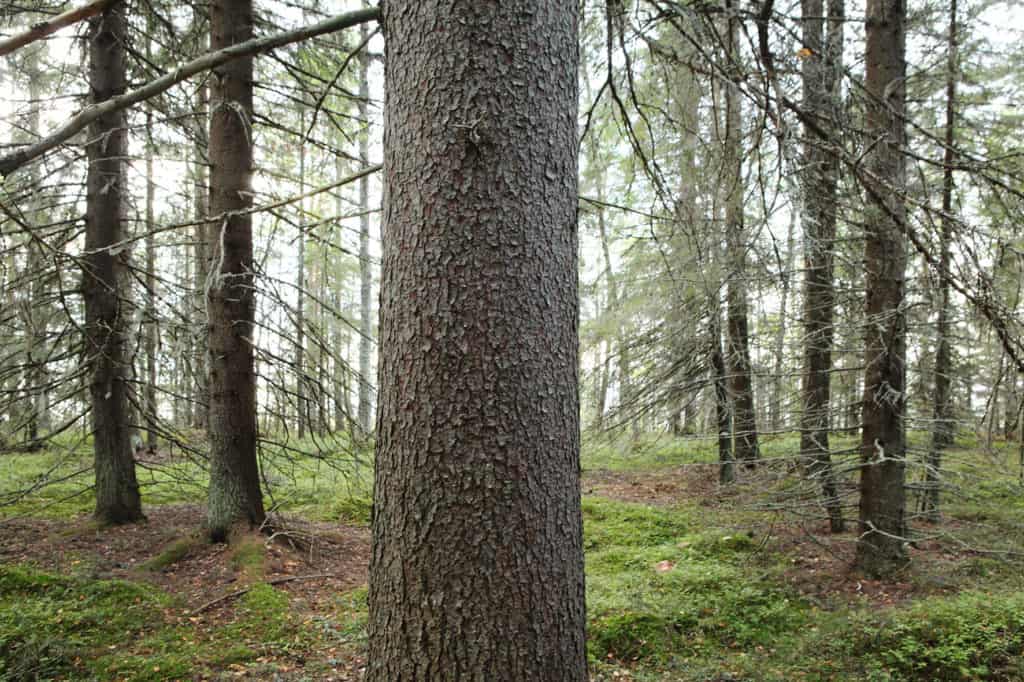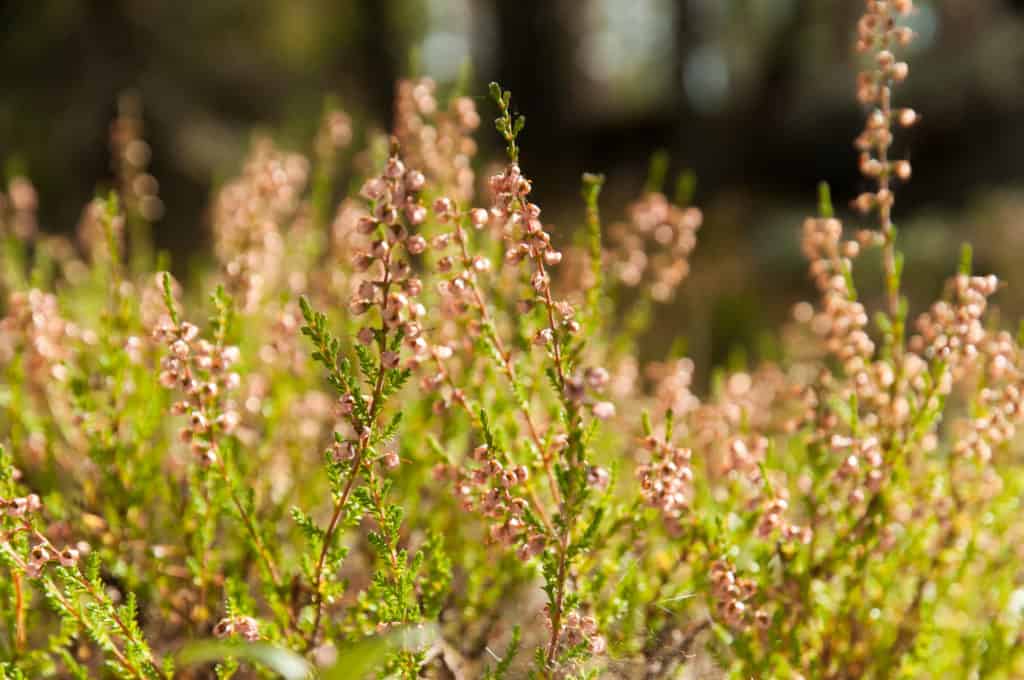The Finnish Natural Heritage Foundation purchased a versatile forest estate in the Onkamaa village of Hamina in the spring, the site being named Lehtoranta according to the wish of the person representing the heirs, the one who also sold the area. The new conservation area contains a variety of forest types, such as exposed heath with pines and dark grove-like spruce stands with valuable decayed wood. The southern edge of the heathland goes down, becomes more moist, and turns partly into a swamp.
The new conservation area of a little more than fifteen hectares also contains ditches, which makes it possible to restore its water management, a scenario that is examined as we speak.
Lehtoranta is a culturally valuable area due to the sand road that goes through the forest as it represents the historical Kirkkopolku road following its original route. Elsewhere, the majority of the road has faded away into the terrain. For centuries, the Kirkkopolku road carried people from the Onkamaa village to the Vehkalahti church, which belongs to Hamina nowadays. The Church of St Mary was built in the 15th century, its earlier versions made of wood being constructed during the previous century. It is known that burn-clearing was practised in the Onkamaa village back in the 14th century, so it is possible that the Kirkkopolku road has been used for half a millennium, almost until the wartime. The skiing masters of the Onkamaa village trained on the route during the 1920s and 1930s, when the road was also exploited by bootleggers defying Prohibition. Bears have been detected on the roadside many times, and there is also a pine that was used by Russian spies as a watchtower during the Continuation War as well as a group of stones called Lepuuskivet, a place to sit down and take a break.
Lehtoranta is the third conservation area established by the Finnish Natural Heritage Foundation in the Kymenlaakso region. The Hiirettelänvuori area was purchased in Iitti in 2013, and last year, the small Lammashaka area was donated to us from the Pyhältö village of Hamina. It has been difficult to find areas to protect in Kymenlaakso, which makes this object particularly valuable for the foundation’s conservation work.
(Photo: Anneli Jussila)




